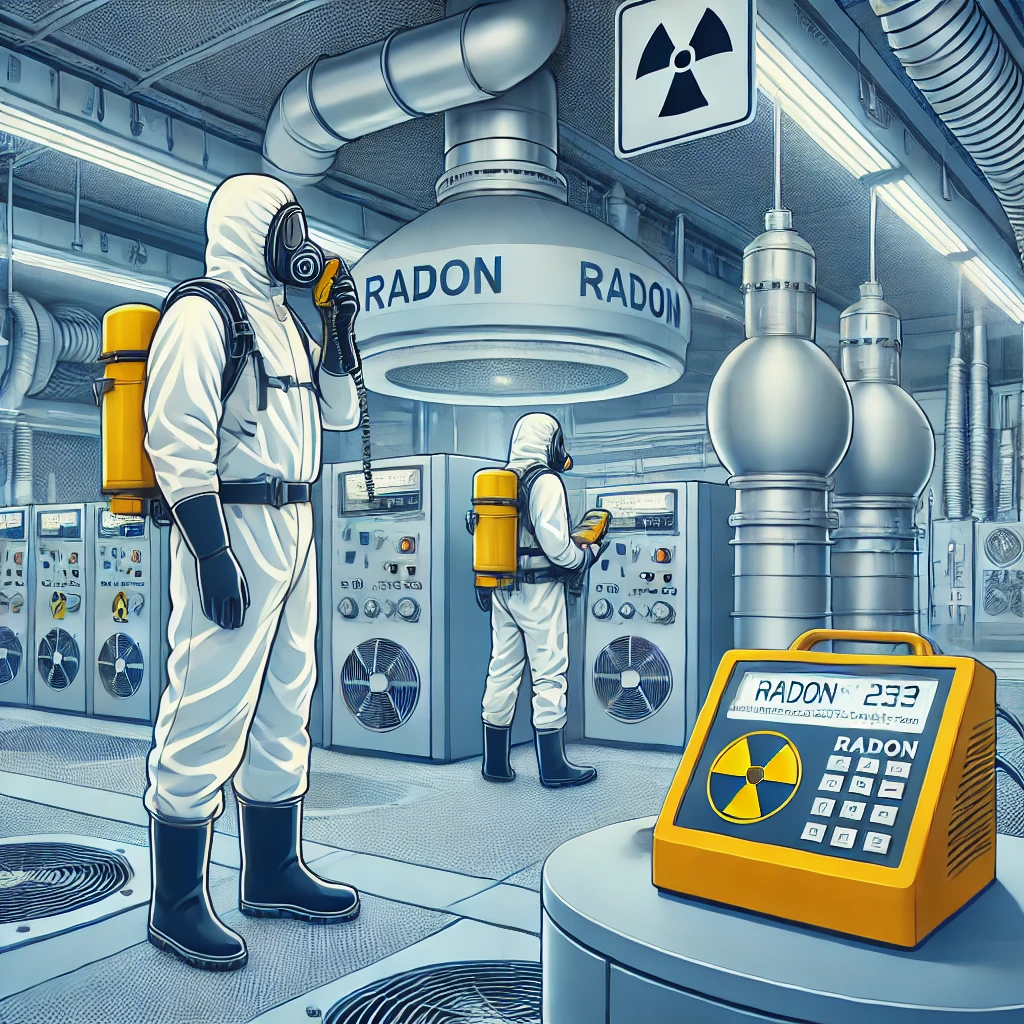Ensuring Worker Safety: New IAEA and ILO Guidelines for Radon Exposure Protection
"Protecting workers from the effects of radon requires a proactive and informed approach," said Laura Urso, Acting Head of the IAEA Radiation Protection Unit.

The International Atomic Energy Agency (IAEA), in collaboration with the International Labour Organization (ILO), has released a comprehensive safety guide to safeguard workers from the potential hazards of radon exposure in workplaces. Radon, a naturally occurring radioactive gas, results from the decay of uranium found in minerals and rocks. Accumulating in various workplaces, including offices, underground locations, and industrial facilities processing naturally occurring radioactive material (NORM), radon is the second leading cause of lung cancer globally.
Comprehensive Protection for Workers
The new safety guide, titled Protection of Workers Against Exposure Due to Radon, provides practical recommendations for IAEA member countries, supporting governments, regulatory bodies, and relevant authorities in identifying workplaces where radon exposure poses a risk. It aims to strengthen worker protection in accordance with international safety standards.
"Protecting workers from the effects of radon requires a proactive and informed approach," said Laura Urso, Acting Head of the IAEA Radiation Protection Unit. "This guide equips stakeholders with essential tools to ensure safety in workplaces prone to radon accumulation."
International Standards and Safety Measures
The publication outlines international safety standards for mitigating worker exposure to radon, thoron, and their decay products across diverse workplace environments. It emphasizes a graded approach and the principles of justification and optimization of protection and safety, ensuring exposure remains as low as reasonably achievable (ALARA).
Niu Shengli, Senior Specialist on Occupational Health and Radiation at the ILO, highlighted the importance of the guide: "Natural radiation contributes significantly to occupational exposure, with radon serving as a key exposure pathway. This publication offers a robust framework to enhance safety measures in radon-prone workplaces."
Guidance on Radiation Protection Responsibilities
Beyond outlining protective measures, the guide details responsibilities for governments, regulatory bodies, and employers. It also specifies qualification requirements for service providers offering individual monitoring or calibration services concerning radon and thoron.
"This publication underscores the IAEA’s pivotal role in providing comprehensive guidance to its member countries. It presents crucial radiation protection measures that help reduce occupational radon exposure, ensuring the continued safety of uranium miners and other workers," noted Rachel Lane, Radiation and Health Sciences Specialist at the Canadian Nuclear Safety Commission.
Additionally, Roges de Oliveira from the Brazilian Nuclear Energy Commission emphasized the guide's significance: "This resource is invaluable for national regulatory bodies in planning strategies and establishing requirements to control worker exposure to radon in various occupational settings."
IAEA Safety Standards and Global Impact
This latest safety guide is part of the IAEA’s Safety Standards Series, which sets fundamental principles, requirements, and recommendations for nuclear and radiation safety. Serving as a global reference, the series aims to protect people and the environment from the potentially harmful effects of ionizing radiation, promoting a harmonized high level of safety worldwide.
The new publication is available free of charge for stakeholders seeking to enhance workplace safety and radiation protection.










